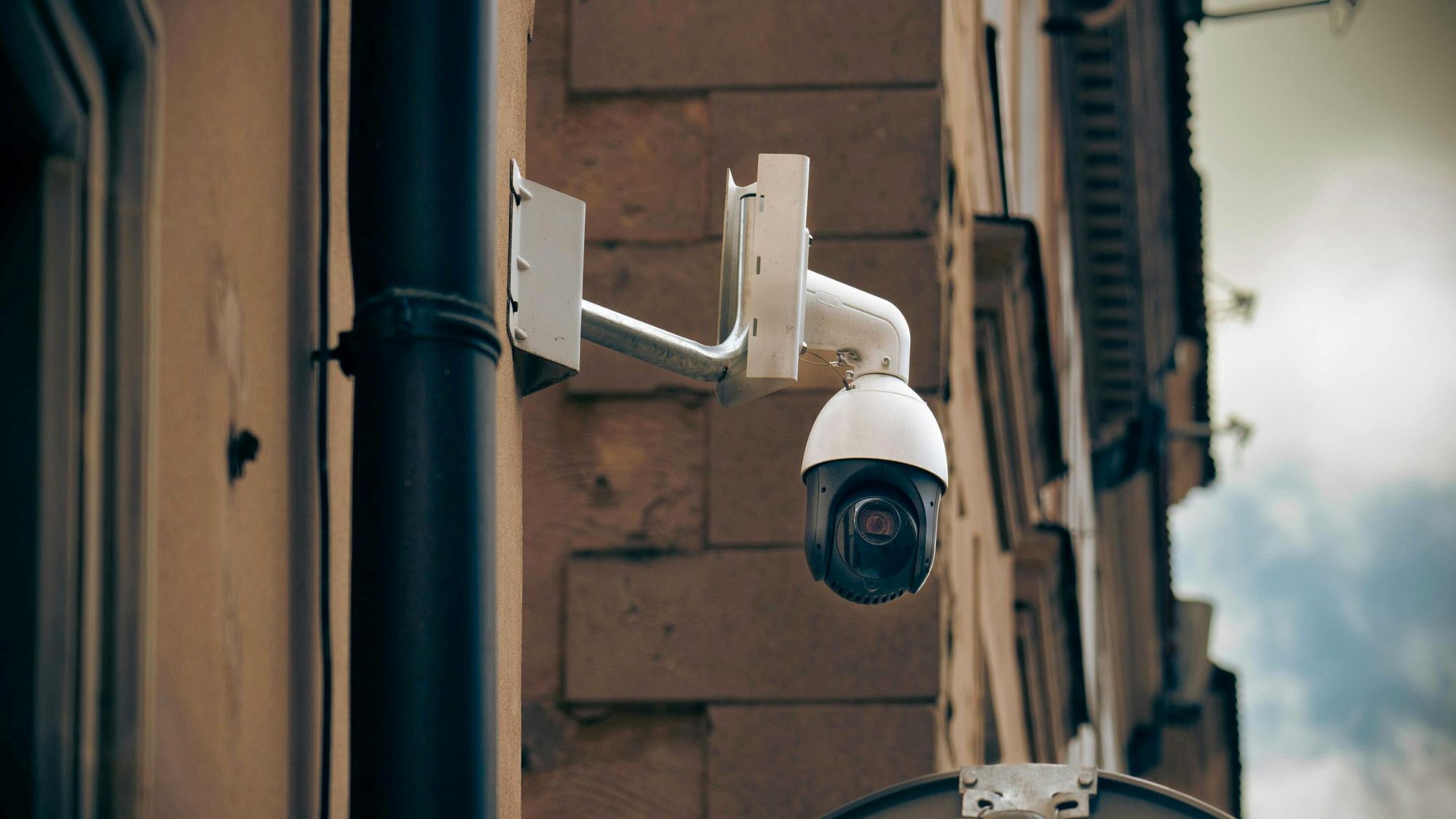How Can I Remotely Access My CCTV Cameras?
In almost all the modern-day security monitoring domains, remote access to CCTV cameras systems are indispensable, whether it is for home protection or running business operations. It usually has remote viewing included in its offerings to clients in construction sites and event industries. This guide discusses seven reliable ways to access CCTV cameras worldwide via smartphones, tablets, or computers.
From manufacturer apps to VPN configurations, we will cover all the best techniques for simplicity versus security. By knowing this spectrum of options, you can view your property 24/7, while assignments by temporary CCTV tower providers show flexibility based on contemporary surveillance. Let’s explore keeping an eye on things when you are away from the site.
Contents
Manufacturer Apps:
Most CCTV cameras systems are equipped with their dedicated apps, allowing remote viewing features through a smartphone. These apps normally offer their users live feeds, playback options, and motion alert notifications. The installation typically involves scanning a QR code or inputting device IDs. Be sure to check whether the CCTV cameras you are about to buy have this feature.
The apps normally allow multiple users to be configured and assigned individual permission levels. Some providers offer cloud storage options via their apps. New updates secure and upgrade the app with more features. This is the simplest option available for a non-technical user requiring basic remote access.
Port Forwarding:
More advanced users can set port forwarding on their router, thereby gaining direct access to the CCTV cameras. This process keeps a secure channel to your network whilst allowing the firewall to do its work. Each camera must be assigned a unique port number in the router settings. You would need your public IP address to connect when you are away from home.
If your ISP frequently changes your IP, use a Dynamic DNS service. Always change the default passwords and consider using non-standard port numbers for extra security. This method gives the user more control, but it needs to be implemented using a high level of networking knowledge for the sake of security. Complex systems may warrant a professional installer to ensure that they are set up securely.
VPN Setup:
A Virtual Private Network presents the best security for any remote access situation for CCTV cameras. A VPN is as if you were at home when it encapsulates a secured tunnel to your net. While commercial-grade systems normally have integrated VPN applications, home users will typically put VPN software in either their router or network video recorder.
This will stop hackers from targeting any open ports in the way. Mobile VPN apps will share secure access to CCTV cameras via smartphones. Some internet routers even now come with VPN server features in their firmware. Though difficult to set, VPNs represent a reasonable investment in the strongest protection for surveillance feeds.
Remote Access Network Video Recorder (NVR):
Standalone NVRs now come with the feature of remote viewing by way of web interfaces, which allow users to have access through a web browser to live or recorded footage. Network configuration takes place internally, with no more client-side configuration. Most support multiple camera views and playback controls. Some models include smartphone apps that connect through the NVR.
This centralised approach simplifies management when a system has a lot of CCTV cameras. Always keep the firmware of the NVR updated for the security patches. An advanced feature that may be available in business systems is user access logs. NVR solutions can be points of installation that require permanent and dependable remote access.
Conclusion:
Remote CCTV cameras access has long left the scope of very few, specialised abilities and is now often expected with a security system. From a simple manufacturer app to enterprise-grade VPN solutions, it just depends on the methods required. Which are understandable according to the revolutionizing tech requirements and the security needs. CCTV Tower Providers have, in some ways, taken the lead on how modern surveillance adapts to ever-changing and flexible deployment scenarios.
Security should always come first when considering implementing remote access, for example, by using strong passwords and encryption. Regular testing keeps the system continuously accessible at the times one needs it the most. Whether it is for the family home or construction site, these techniques are their assurance to comfort with constant connectivity. As technology advances, remote viewing will also become better, while dynamic protection against unauthorised entry remains robust.




